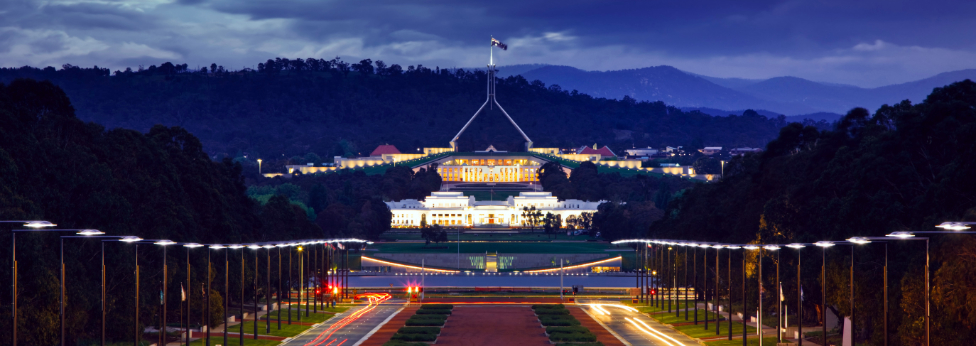Barely a century old, Canberra continues to set the bar for design and development in Australia. Its National Library of Australia, Churchill House, High Court, Parliament House, Academy of Science and Australian War memorial Annexe are all listed among the nation’s best designed buildings.
Equally, residential houses that until the 1950s were built under the direction of government architects, were complemented from the 1960s by modernist designs from the likes of Robin Boyd, Roy Grounds and Harry Seidler.
They heralded a wave of leading architects and designers and the Garden City envisaged by Walter Burley Griffin and his staunch environmentalist wife, Marion Mahoney Griffin, who won an international competition in 1912 to design Canberra. This reputation remains unrivaled into 2021.
Opportunities exist in the national capital
With major infrastructure projects coming on stream or proceeding in state capital cities and regional areas around Australia, the design and development opportunities that continue to exist in the national capital could easily be overlooked.
Canberra’s development body, the National Capital Authority (NCA), promotes the notion of a national capital never being “complete”. And its objective – to ensure Canberra remains the pre-eminent centre of federal functions and a symbol of Australian national life and values – requires that the city’s architecture stay relevant and reflect moving trends and times.
As such, the NCA constantly appraises projects to promote that objective. A light rail transport system, a new national memorial for Victims of Survivors Of Institutional Child Sexual Abuse and the Regatta Point Redevelopment are just some projects that are either underway or at advanced planning stage.
Emerging high rise residential and hospitality
In recent years, significant pubic developments in Canberra have been complemented by modern, futuristic apartment buildings featuring high-spec architectural design elements that have attracted both local and overseas property investors. An example is the previously unloved and undercapitalised Acton (since renamed New Acton) precinct on the city’s western fringe.
New Acton has experienced a rejuvenation dominated by high-rise buildings such as Nish Apartments and the Five-Star New Acton Hotel and associated public works included new and improved access roads and laneways.
Other older near-city areas are being targeted by developers and their architects seeking approval for projects in ‘Designated Areas’ which have detailed conditions of planning, design and development in accordance with the National Capital Plan.
These are set out in Section 10 of the Australian Capital Territory (Planning and Land Management) Act 1988 (the PALM Act and exist because of the Designated Areas’ “particular importance to the special character” of the national capital.
The challenge will be to meet these peculiar requirements administered by a body that is, nevertheless, eager to encourage design-lead progress in our planned city.

